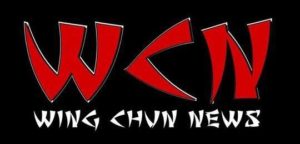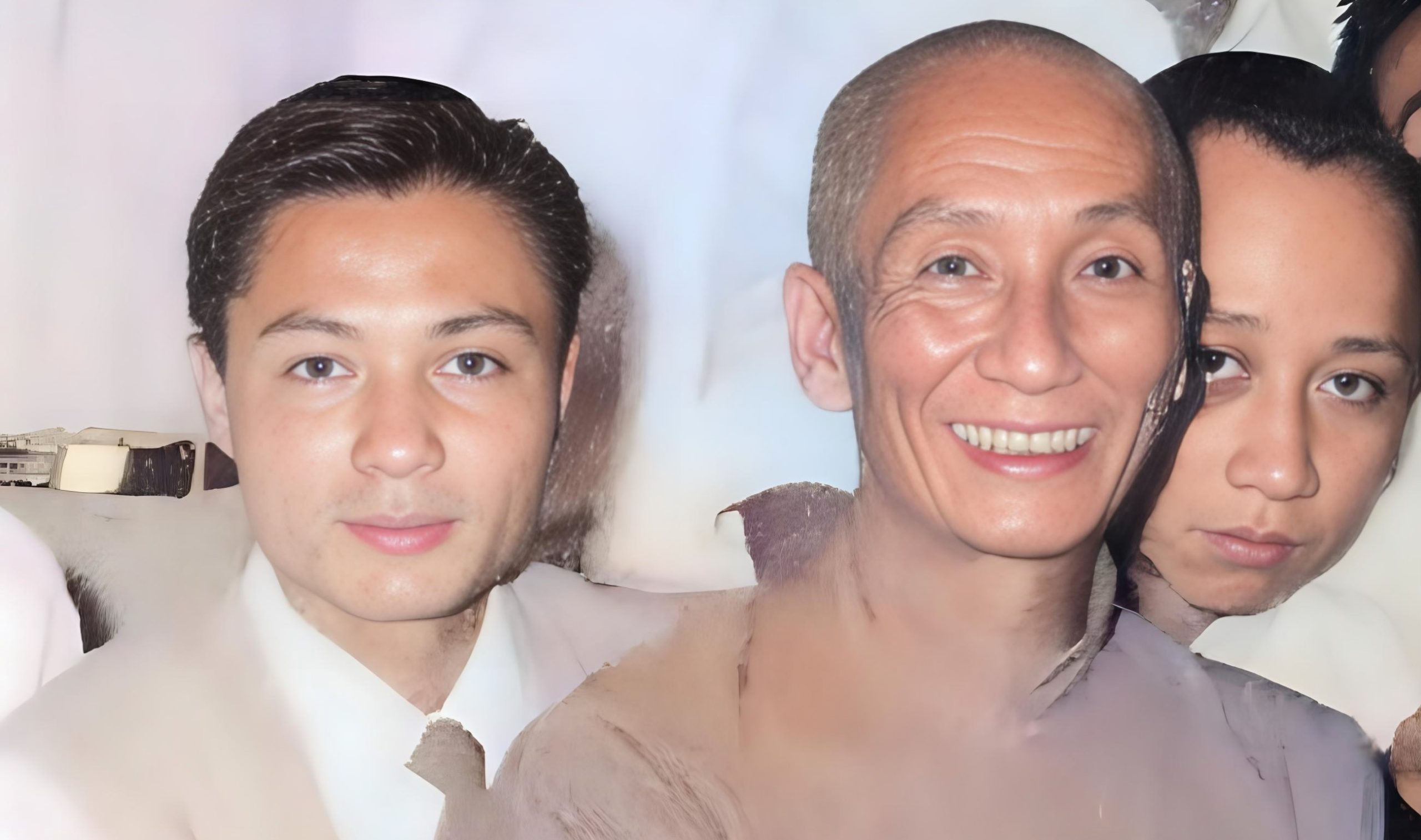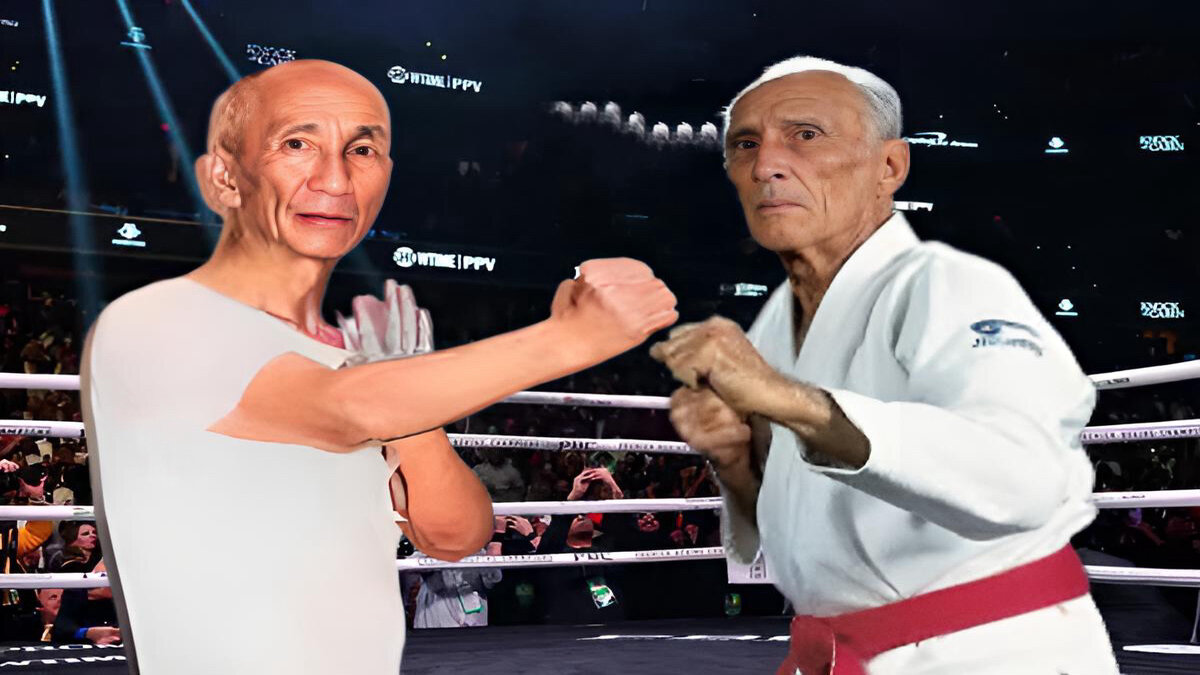
The Knock on the Door
In many films, Bruce Lee is shown knocking on Ip Man’s door as a young boy, full of ambition. He was portrayed as a student destined for greatness. In real life, Bruce was already different—mixed-race, rebellious, and extremely competitive. His drive wasn’t just about martial arts; it was about control, identity, and self-mastery. He had grown up in the chaotic streets of Hong Kong and was part of a gang called the Teddy Boys. Fighting wasn’t just a hobby—it was survival. Wing Chun wasn’t a sport to Bruce; it was a way out.

Entering Ip Man’s World
Ip Man, now living in exile from his home and family, was teaching martial arts in modest settings to restaurant workers and working-class youth. He had once been a police captain, but in Hong Kong, he was just another poor immigrant. Quietly battling opium addiction and heartbreak, he taught to survive. When Bruce entered his world, he brought a different energy: bold, brash, and intensely curious. Bruce was younger than the others and more outspoken, even arrogant. But he was talented—unusually so. That mix of brilliance and ego quickly caused tension in the classroom.

Training Under Wong Shun Leung
To calm things down, Ip Man had Bruce train under Wong Shun Leung, his most trusted student and a fierce fighter. Wong had proven himself in real street fights, earning the nickname “King of the Talking Hands.” At first, Bruce rubbed him the wrong way—he came in cocky, dressed more like a movie star than a student. But Wong saw something in him. Bruce returned the next day humble, focused, and ready to train seriously. What followed was an intense mentorship, with Bruce often sneaking in extra time to learn one-on-one. Wong became Bruce’s true gateway into Wing Chun.

The Other Students Push Back
Bruce’s success came at a cost—envy grew fast. Older students saw him climbing too quickly and skipping the group lessons they worked hard to attend. One prank, where Bruce told everyone class was canceled just to get solo time with Wong, pushed things over the edge. Furious, they approached Ip Man and demanded action. They also voiced discomfort with Bruce’s mixed-race background, saying he didn’t belong. Ip Man, caught in the middle, had to make a difficult choice. He chose to stop teaching Bruce personally, letting him continue under Wong.

Ip Man’s Silent Struggles
Behind closed doors, Ip Man was in pain. His wife was still in mainland China, and he’d never see her again—she died of cancer in 1960. His income was unstable, and his addiction was growing stronger. Many believed he used student tuition to fuel his opium habit. Despite all this, he remained committed to teaching Wing Chun. He rarely talked about his past or pain—he simply taught, and then disappeared back into his quiet suffering. Bruce may not have known it at the time, but the Grandmaster was fighting a war of his own.

The Weight of Legacy
Ip Man had carried the Wing Chun tradition through war, exile, poverty, and heartbreak. In Hong Kong, that legacy meant little; he was struggling to survive. Bruce, on the other hand, had global dreams—he wanted to go beyond tradition. Ip saw this difference and may have known their paths were not the same. He once said that if you don’t learn to bend, you break. Still, teaching Bruce gave him a glimmer of what Wing Chun could become. Even if their student-teacher bond ended early, Bruce was a spark that couldn’t be ignored.

Bruce Finds His Voice
Wing Chun taught Bruce more than punches—it taught him philosophy. Through Ip and Wong, Bruce learned fluidity, timing, and the idea of adapting like water. These ideas stuck with him and eventually became part of his own system: Jeet Kune Do. While Bruce moved on to explore boxing, fencing, and other styles, the foundation was always Wing Chun. He once said martial arts were “honestly expressing yourself”—a concept rooted in what he learned during those years. Even as he evolved, Bruce often credited Ip Man’s teaching as his base. He was more than a fighter now—he was a thinker.

A Split That Wasn’t Personal
People sometimes say Ip Man rejected Bruce—but that’s not the full truth. Ip was under pressure, surrounded by students who didn’t want Bruce there. His decision wasn’t driven by hate—it was about maintaining peace in the school. Still, Ip never spoke badly about Bruce. In fact, he respected his dedication and skill. Bruce continued training, even after the rift, and his obsession only grew. That quiet respect between them never fully broke, even as their paths diverged.

The Final Lesson
By the late 1960s, Bruce was becoming a star, and Ip was nearing the end of his life. He had lost almost everything—his wife, his family, his youth—but he had left behind a legacy. Bruce and Ip both died within months of each other in 1972, their lives forever linked. Ip Man never got rich or famous, but his impact was huge. His lessons helped shape Bruce into someone who would change martial arts forever. And Bruce carried those lessons forward—discipline, adaptability, and the quiet strength of resilience. The most powerful things passed between them were never spoken.

Ip Man didn’t teach Bruce Lee for long, but what he gave Bruce changed the world. Bruce’s style, philosophy, and success were all rooted in those early Hong Kong days. While Ip Man lived and died in quiet struggle, Bruce lit up the world with martial arts. Still, both men shared something powerful: resilience. One endured silently; the other fought loudly. Together, they reshaped martial arts forever. And maybe, just maybe, the real lesson wasn’t in the punches—but in learning when to walk away.








